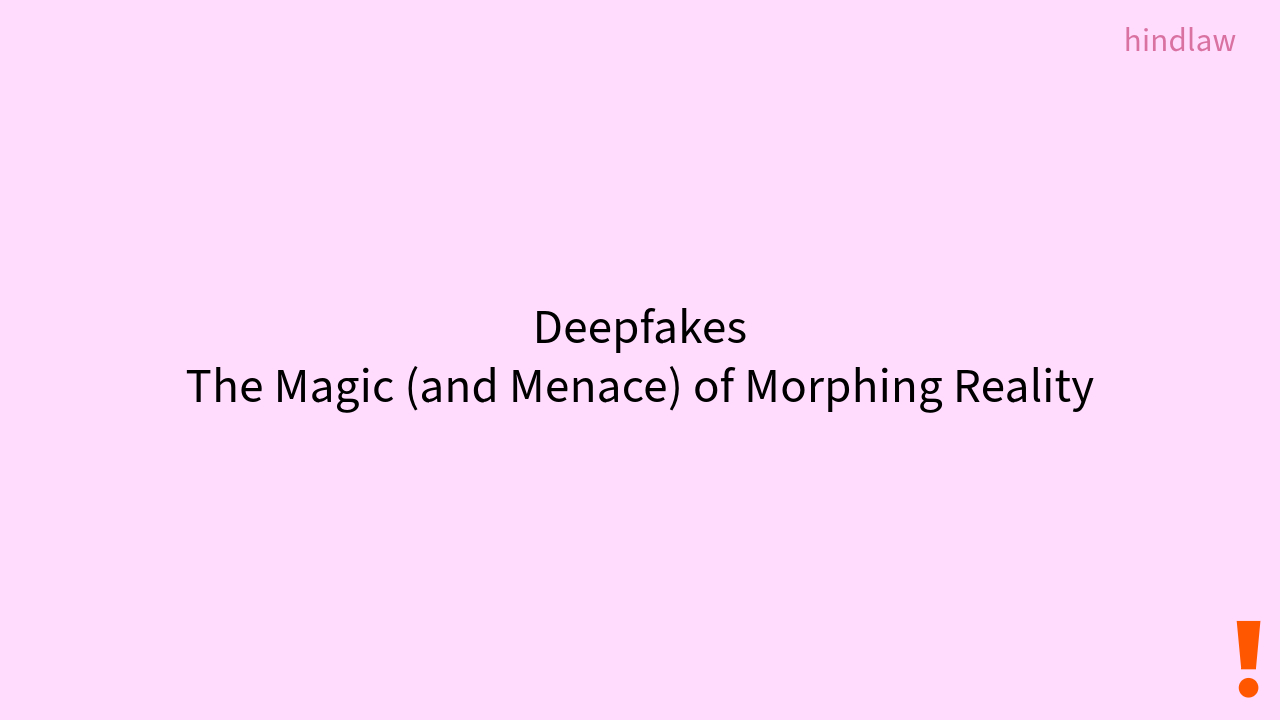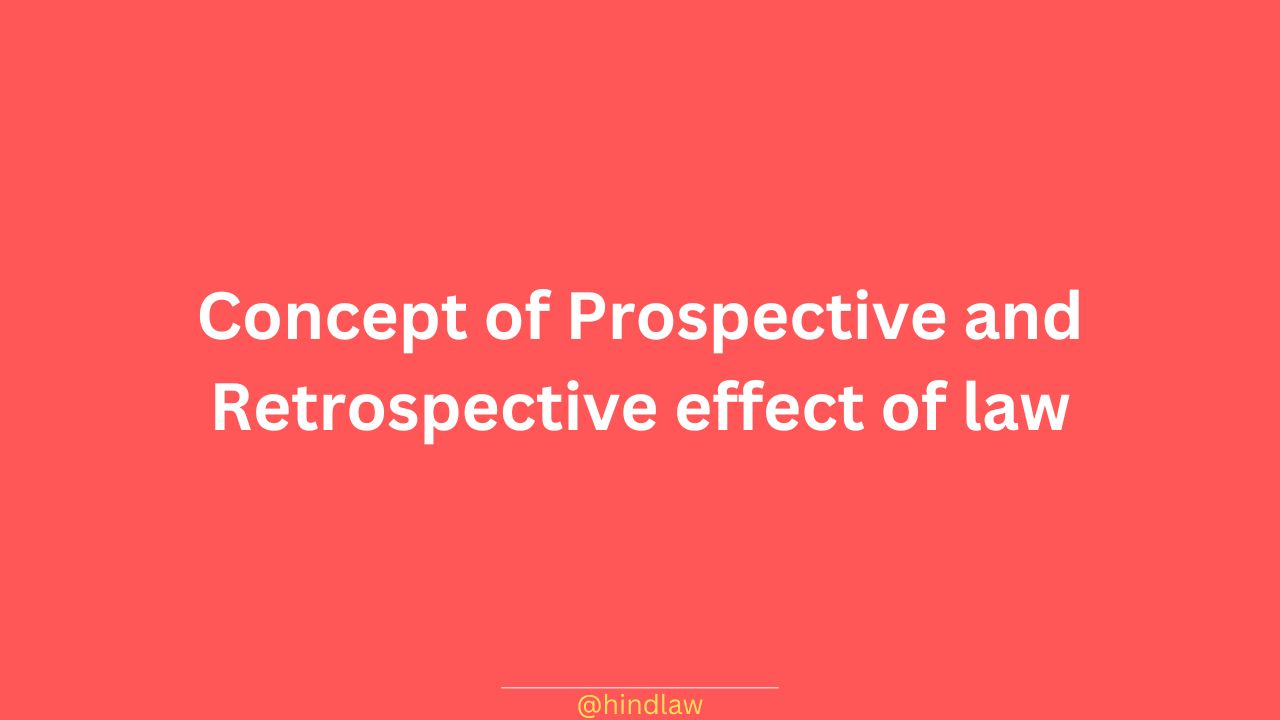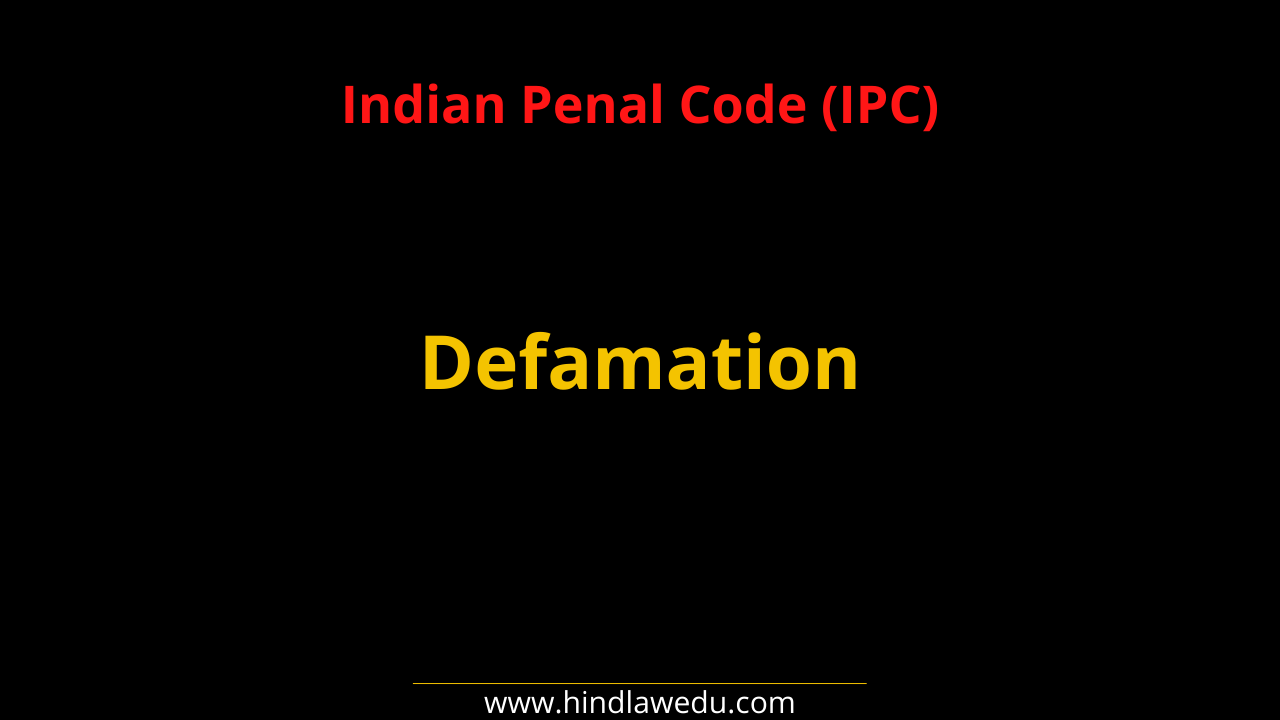CRIMINAL FORCE : Section 350
The term criminal force is defined in section 350 of IPC. And criminal force uses the meaning of ‘force’ defined in section 349 as for more clarity to section 350.
When a person intentionally uses force on another person without that person’s consent, in order to commit an offence and with the prior intention of causing harm to that person in the form of injury, fear or annoyance to whom the force is used, is said to use criminal force on the other person.
Illustration
A person X encourages a dog to jump upon Y without Y’s consent. Here, if X intends to cause injury, fear or annoyance to Y, he uses criminal force to Y.
ESSENTIALS OF CRIMINAL FORCE
Criminal force constitutes the following essentials :
- There must be use of force.
- The force should be used intentionally.
- The force must have been used;
a. For committing of an offence; OR
b. With the intention to cause fear, injury or annoyance to the other person with knowledge.
From this, we understood that the use of force is mandatory but mere force is not punishable under law. Section 349 defines force but it is not treated as an offence. That can be used in a positive sense also. such as, If someone uses force to protect someone from falling down, to protect from an injury. It is not an offence.
Note: In criminal force, a person may use undue force on another person without the consent of that person so as to cause harm to him. If there is consent, it won’t be counted as criminal force.
Also Read:
Rape and it’s punishments under IPC
Kidnaping and abduction under IPC (Simplified)
Assault Under IPC (including S. 354A to S. 354D) – Simplified















